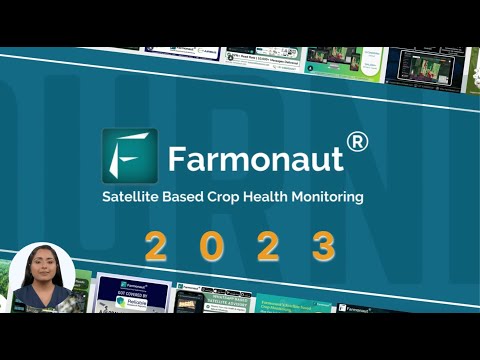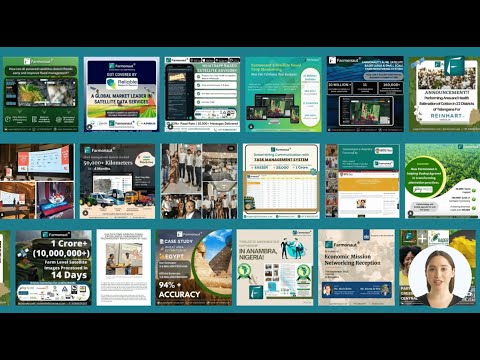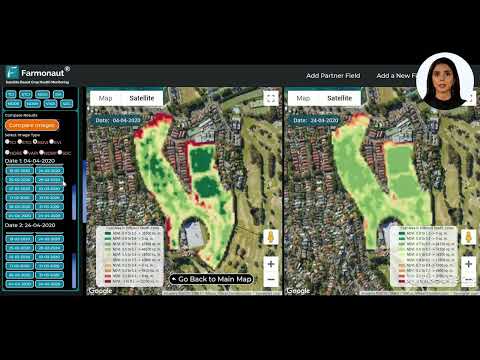Point Loma Residents Rally Against Controversial Housing Project: Balancing Development and Community Concerns in San Diego
“The controversial Point Loma housing project proposes 56 units in a four-story complex, exceeding local coastal height limits.”
In the picturesque coastal community of Point Loma, San Diego, a storm is brewing over a proposed housing development that has ignited passionate debate among residents. We find ourselves at the heart of a complex issue that pits the need for urban growth and affordable housing against the preservation of neighborhood character and community concerns. This controversy surrounding the Point Loma housing project serves as a microcosm of the challenges facing many cities across the United States as they grapple with responsible urban development.
The Proposed Point Loma Housing Project: A Closer Look
At the center of this heated discussion is a proposed four-story, 56-unit housing complex planned for the corner of Rosecrans and Talbot Street in Point Loma. The developer, North Star Homes LP, is leveraging San Diego’s Complete Communities Program to expedite the project’s approval process. This program, designed to incentivize the creation of affordable housing near transit, allows for a streamlined approval pathway that bypasses traditional public hearings.
Let’s break down the key elements of this controversial development:
- Location: Corner of Rosecrans and Talbot Street, Point Loma
- Size: Four stories, 56 units
- Parking: Up to 45 underground parking spaces
- Affordable Units: 8 units designated as affordable housing
- Approval Process: Expedited through the Complete Communities Program
The project’s location and scale have become focal points of contention, with many residents arguing that it doesn’t align with the existing neighborhood character or adhere to established coastal height limits.
Community Concerns: Voices from Point Loma
As we delve deeper into this issue, it’s crucial to understand the perspectives of long-time Point Loma residents who have mobilized to voice their concerns. Sally Bixler, a 60-year resident of the area, has been instrumental in forming Protect Point Loma, a grassroots organization opposing this project and others like it.
“Responsible development is okay, irresponsible development is not okay,” Bixler stated, encapsulating the sentiment of many in the community who feel that this project oversteps boundaries of responsible urban growth.
The concerns raised by Protect Point Loma and other residents are multifaceted:
- Height Limit Violations: The project is expected to reach 40 feet in height, exceeding the Proposition D coastal height limit of 30 feet.
- Traffic Safety: Increased traffic on already busy streets near Cabrillo Elementary School and Point Loma Assembly is a significant worry.
- Impact on Local Businesses: The construction phase could severely affect neighboring businesses, such as Jennings House Eatery.
- Environmental Concerns: The site’s history as a former gas station raises fears about potential soil contamination.
- Qualification for Complete Communities Program: Residents argue that the site isn’t close enough to public transit to qualify for the program’s benefits.
These concerns highlight the complex interplay between urban development, community well-being, and environmental stewardship that cities must navigate in their growth strategies.
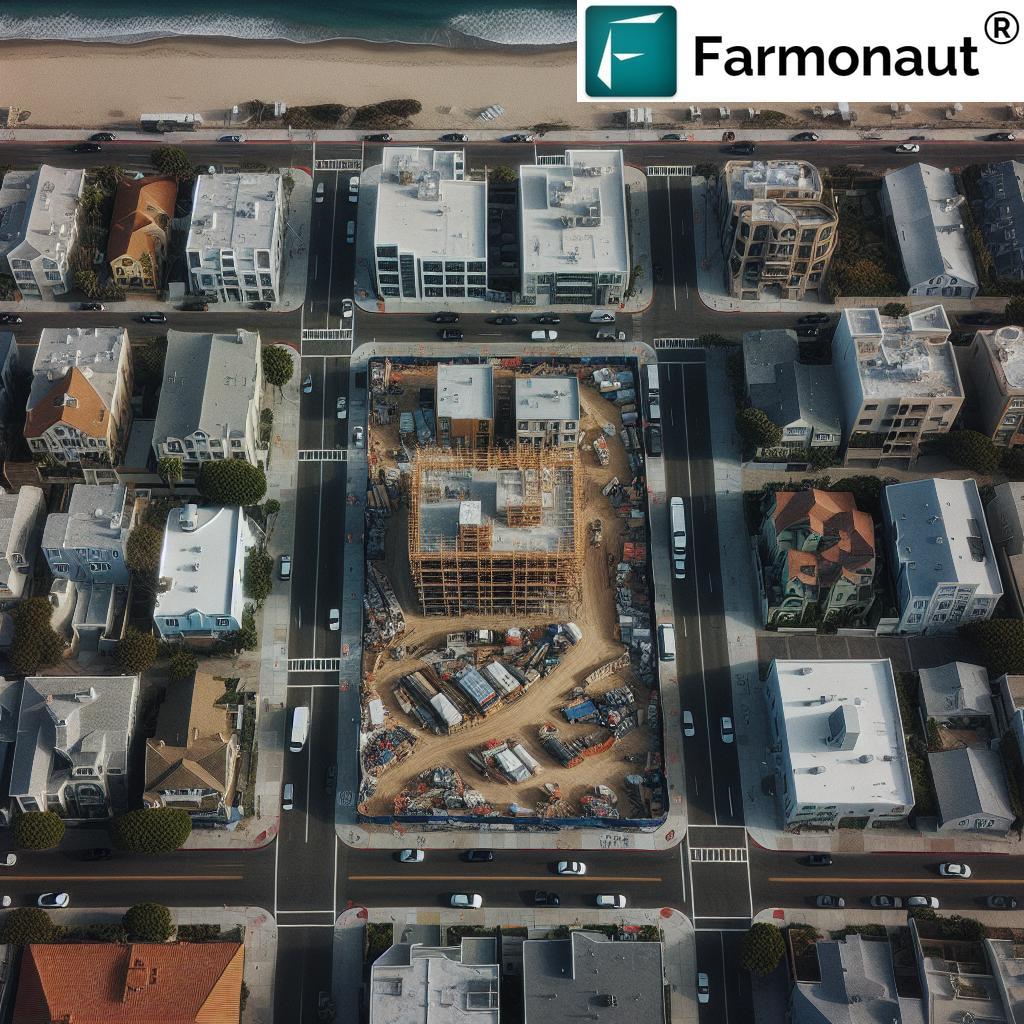
The Complete Communities Program: A Double-Edged Sword?
“San Diego’s Complete Communities Program allows expedited approval for certain developments, bypassing public hearings for community input.”
At the heart of this controversy lies San Diego’s Complete Communities Program, an initiative aimed at addressing the city’s housing crisis by incentivizing developers to create affordable housing near transit hubs. While the program’s intentions are laudable, its implementation in Point Loma has raised questions about the balance between expedited development and community input.
Key aspects of the Complete Communities Program include:
- Expedited approval process for qualifying projects
- Bypassing of traditional public hearings
- Focus on creating affordable housing units
- Emphasis on development near public transit
The program’s supporters argue that it’s essential for addressing San Diego’s housing shortage and promoting sustainable urban growth. However, critics, including many Point Loma residents, contend that it sacrifices community involvement and potentially compromises neighborhood character in the pursuit of rapid development.
Balancing Act: Urban Development vs. Community Preservation
The Point Loma housing project controversy exemplifies the delicate balance cities must strike between promoting urban development and preserving community character. This challenge is not unique to San Diego; cities across the globe are grappling with similar issues as they seek to accommodate growing populations while maintaining the essence of established neighborhoods.
Key considerations in this balancing act include:
- Affordable Housing Needs: The urgent need for affordable housing in urban areas
- Community Character: Preserving the unique identity and aesthetic of established neighborhoods
- Environmental Concerns: Ensuring new developments adhere to environmental standards and address potential contamination issues
- Traffic and Infrastructure: Managing the impact of increased density on local traffic and public services
- Public Participation: Balancing expedited development processes with meaningful community input
As we navigate these complex issues, it’s crucial to consider innovative approaches to urban planning that can address housing needs while respecting community concerns. This might include exploring alternative development models, enhancing public engagement processes, and leveraging technology to better understand and mitigate the impacts of new projects.
The Role of Technology in Urban Planning and Development
In addressing the challenges highlighted by the Point Loma housing project controversy, technology can play a crucial role in enhancing urban planning processes and fostering more sustainable development practices. While our focus is on urban housing issues, it’s worth noting how technological advancements in other sectors, such as agriculture, demonstrate the potential for innovative solutions in complex planning scenarios.
For instance, companies like Farmonaut are revolutionizing agricultural practices through satellite-based farm management solutions. While not directly applicable to urban housing, the principles of using advanced technology for resource management and sustainable practices could inspire similar innovations in urban planning.
Potential applications of technology in urban development include:
- Advanced 3D modeling and visualization tools for better project planning and community engagement
- Data-driven analysis of traffic patterns and infrastructure needs
- Environmental impact assessment using satellite imagery and AI
- Digital platforms for enhanced community participation in the planning process
By leveraging such technologies, cities like San Diego could potentially find more balanced approaches to development that address housing needs while respecting community concerns.
Community Advocacy and Public Engagement
The Point Loma residents’ rally against the controversial housing project underscores the importance of community advocacy and public engagement in urban development processes. The formation of groups like Protect Point Loma demonstrates how residents can organize to voice their concerns and influence development decisions that affect their neighborhoods.
Effective community advocacy often involves:
- Organizing grassroots movements and petitions
- Engaging with local officials and planning committees
- Conducting independent research and impact assessments
- Leveraging media attention to raise awareness of community concerns
- Proposing alternative solutions that balance development needs with community interests
While the Complete Communities Program aims to streamline the development process, the Point Loma controversy highlights the potential drawbacks of bypassing traditional public hearings. This situation raises important questions about how cities can maintain meaningful community involvement while still addressing urgent housing needs efficiently.
Environmental Considerations in Urban Development
One of the key concerns raised by Point Loma residents regarding the proposed housing project is the potential for soil contamination, given the site’s history as a former gas station. This issue highlights the broader environmental considerations that must be factored into urban development projects, especially those on brownfield sites.
Environmental factors to consider in urban development include:
- Soil Quality: Assessing and remediating potential contamination from previous land uses
- Water Management: Ensuring adequate stormwater management and minimizing impacts on local water resources
- Air Quality: Considering the impact of increased density on local air quality
- Green Spaces: Incorporating green areas and preserving existing natural habitats
- Energy Efficiency: Implementing sustainable building practices and energy-efficient designs
Addressing these environmental concerns is not only crucial for community health and well-being but also aligns with broader sustainability goals that many cities, including San Diego, are striving to achieve.
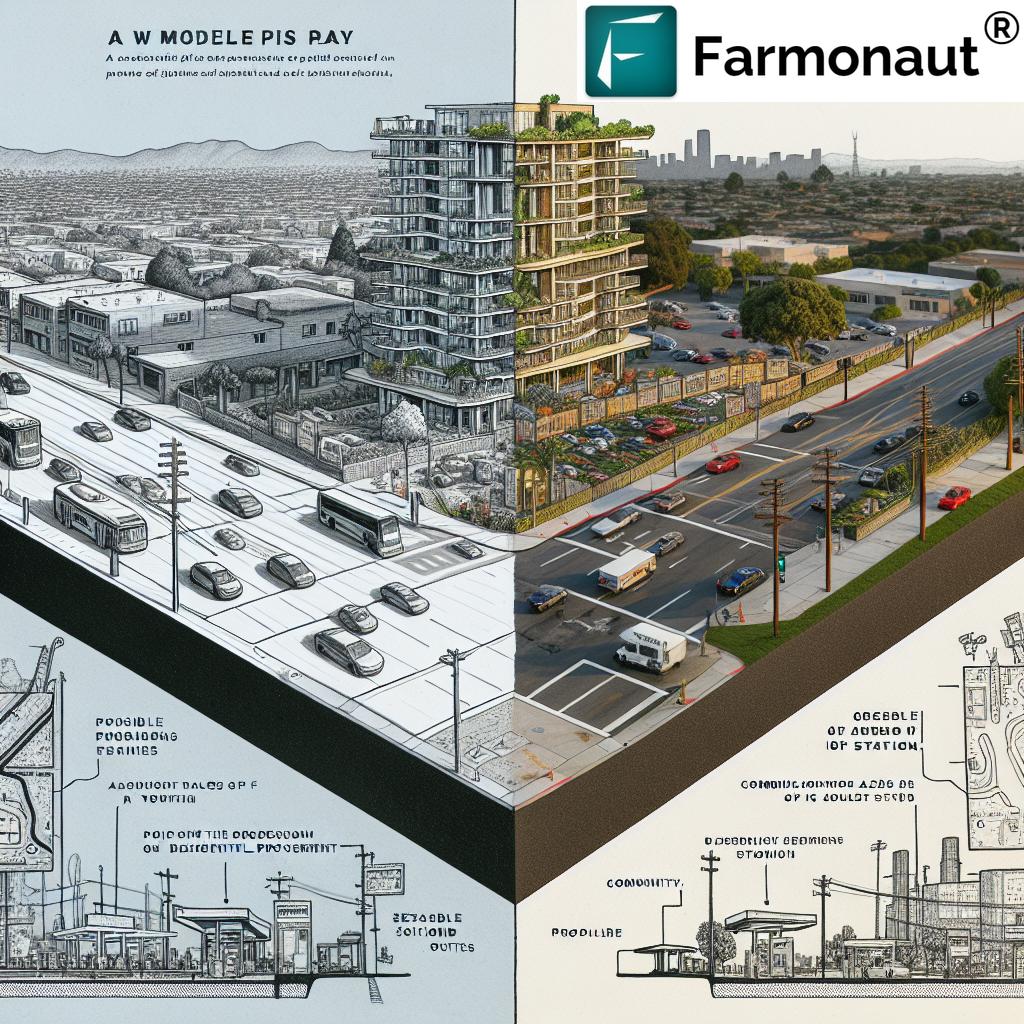
Impact on Local Businesses and Economy
The potential impact of the proposed Point Loma housing project on local businesses is another significant concern raised by community members. Cathy Gallagher, owner of Jennings House Eatery adjacent to the proposed development site, expressed worries about the long-term viability of her business during the extended construction phase.
Key economic considerations include:
- Potential disruption to existing businesses during construction
- Changes in local traffic patterns and parking availability
- Potential for increased customer base post-development
- Impact on property values in the surrounding area
- Long-term effects on the neighborhood’s economic character
Balancing the potential economic benefits of new development with the preservation of existing local businesses is crucial for maintaining the vibrant, diverse character of neighborhoods like Point Loma.
Traffic Safety and Infrastructure Concerns
A major point of contention for Point Loma residents is the potential impact of the proposed housing project on local traffic, particularly given its proximity to Cabrillo Elementary School and other community facilities. Larry Brown, a Point Loma resident, voiced concerns about increased traffic posing safety risks to children in the neighborhood.
Traffic and infrastructure considerations include:
- Road Capacity: Assessing whether existing roads can handle increased traffic volume
- Pedestrian Safety: Ensuring adequate sidewalks, crosswalks, and traffic calming measures
- Public Transit Access: Evaluating and potentially enhancing public transportation options
- Parking Management: Addressing concerns about parking availability for both new residents and existing businesses
- Emergency Services Access: Ensuring that increased density doesn’t impede emergency response times
Addressing these infrastructure concerns is essential not only for safety but also for maintaining the quality of life in the neighborhood. Cities must consider comprehensive traffic studies and infrastructure upgrades as part of their urban development strategies.
The Future of Urban Development in San Diego
As we look to the future of urban development in San Diego and cities facing similar challenges, it’s clear that a more nuanced, balanced approach is needed. The Point Loma housing project controversy serves as a catalyst for broader discussions about how cities can grow responsibly while preserving community character and addressing resident concerns.
Key considerations for future urban development strategies include:
- Refining programs like Complete Communities to better incorporate community input
- Exploring innovative housing designs that better integrate with existing neighborhood aesthetics
- Implementing more robust environmental assessment processes for development sites
- Enhancing public engagement through technology and transparent communication channels
- Developing comprehensive plans that address housing needs alongside infrastructure, economic, and quality of life considerations
By learning from controversies like the Point Loma housing project, cities can work towards more inclusive, sustainable urban development practices that balance growth with community preservation.
Comparison of Project Details and Community Concerns
| Aspect | Project Details | Complete Communities Program Requirements | Community Concerns | Potential Impacts |
|---|---|---|---|---|
| Building Height | Four stories, 40 feet tall | Allows for increased height near transit | Exceeds 30-foot coastal height limit | Visual impact on neighborhood character |
| Number of Units | 56 units (8 affordable) | Requires inclusion of affordable units | Density concerns | Increased population and resource demand |
| Parking | Up to 45 underground spaces | Reduced parking requirements near transit | Insufficient for 56 units | Potential overflow parking in neighborhood |
| Traffic | Not specified in project details | Emphasis on transit-oriented development | Safety concerns, especially near schools | Increased congestion, safety risks |
| Environmental | Former gas station site | Not specifically addressed | Potential soil contamination | Health risks, remediation costs |
| Approval Process | Expedited through Complete Communities | Streamlined approval for qualifying projects | Lack of public hearings and input | Reduced community involvement in planning |
Lessons from Other Sectors: Sustainable Resource Management
While urban development and agriculture might seem worlds apart, there are valuable lessons to be learned from innovative approaches in resource management across different sectors. For instance, the agricultural technology sector has made significant strides in using data-driven solutions to optimize resource use and promote sustainability.
Companies like Farmonaut have pioneered the use of satellite-based farm management solutions, demonstrating how advanced technology can be applied to complex resource management challenges. While their focus is on agriculture, the principles of data-driven decision-making and sustainable resource management could be adapted to urban planning and development.
Some potential crossover applications include:
- Using satellite imagery and AI for urban land use analysis and planning
- Implementing IoT sensors for real-time monitoring of urban infrastructure and resource consumption
- Applying predictive analytics to anticipate and mitigate the impacts of urban development on local ecosystems
- Leveraging blockchain technology for transparent, traceable urban development processes
By looking to innovations in other fields, urban planners and developers can find new ways to address the complex challenges posed by projects like the Point Loma housing development.
The Way Forward: Collaborative Urban Development
As we reflect on the Point Loma housing project controversy and its implications for urban development in San Diego and beyond, it’s clear that a more collaborative, inclusive approach is needed. The challenges highlighted by this case study are not insurmountable, but they require a willingness to engage in open dialogue and explore innovative solutions.
Key steps towards a more collaborative urban development process include:
- Enhanced Community Engagement: Developing more robust mechanisms for community input, even within expedited approval processes
- Transparent Communication: Ensuring clear, accessible information about proposed developments and their potential impacts
- Adaptive Planning: Creating flexible development plans that can evolve based on community feedback and changing needs
- Interdisciplinary Approach: Bringing together urban planners, environmental experts, community leaders, and technologists to create holistic development strategies
- Long-term Vision: Developing comprehensive urban plans that balance immediate housing needs with long-term community and environmental sustainability
By embracing these principles, cities like San Diego can work towards urban development practices that truly serve the needs of all stakeholders, from developers and city planners to long-time residents and local businesses.
Conclusion: A Call for Balanced Urban Growth
The controversy surrounding the Point Loma housing project serves as a microcosm of the challenges facing growing cities worldwide. As we’ve explored throughout this discussion, the path to responsible urban development is complex, requiring a delicate balance between progress and preservation, efficiency and community involvement, growth and sustainability.
While programs like San Diego’s Complete Communities aim to address pressing housing needs, the Point Loma case highlights the importance of maintaining meaningful community engagement in the development process. It underscores the need for urban planning strategies that not only create new housing but also preserve neighborhood character, address environmental concerns, and support local businesses.
As we look to the future, it’s clear that innovative, collaborative approaches to urban development are needed. By learning from this controversy and others like it, cities can work towards more inclusive, sustainable growth strategies that truly benefit all members of the community.
The Point Loma housing project may be just one development in one neighborhood, but it represents a crucial conversation about the future of our cities. It’s a call to action for urban planners, developers, community leaders, and residents to come together, engage in meaningful dialogue, and find creative solutions to the complex challenges of urban growth in the 21st century.
FAQs: Point Loma Housing Project and Urban Development
- Q: What is the Complete Communities Program in San Diego?
A: The Complete Communities Program is an initiative by the City of San Diego aimed at incentivizing the development of affordable housing near transit areas. It offers expedited approval processes for qualifying projects. - Q: Why are Point Loma residents protesting the proposed housing project?
A: Residents are concerned about several issues, including the project’s height exceeding coastal limits, potential traffic safety problems, impacts on local businesses, and environmental concerns related to the site’s history as a gas station. - Q: How does the proposed project violate the coastal height limit?
A: The project is expected to reach 40 feet in height, which exceeds the Proposition D coastal height limit of 30 feet established for the area. - Q: What environmental concerns have been raised about the project site?
A: The site was formerly a gas station, leading to concerns about potential soil contamination that could be disturbed during construction. - Q: How does the Complete Communities Program affect public input on development projects?
A: The program allows for expedited approval of qualifying projects, which can bypass traditional public hearings, potentially reducing opportunities for community input. - Q: What are the potential impacts on local businesses?
A: Local business owners, like Cathy Gallagher of Jennings House Eatery, worry about the disruptive effects of long-term construction on their operations and customer access. - Q: How is the community organizing to voice their concerns?
A: Residents have formed groups like Protect Point Loma to organize protests, engage with city officials, and raise awareness about their concerns regarding the development. - Q: What are the arguments in favor of the housing project?
A: Supporters argue that such projects are necessary to address San Diego’s housing shortage and create more affordable housing options near transit areas. - Q: How might this controversy impact future urban development in San Diego?
A: This case could lead to reassessment of the Complete Communities Program and how it balances expedited development with community input and concerns. - Q: What potential solutions have been proposed to address community concerns?
A: While specific solutions are still being debated, suggestions include modifying the project design to better fit neighborhood character, enhancing community engagement processes, and conducting more thorough environmental and traffic impact studies.
Earn With Farmonaut: Earn 20% recurring commission with Farmonaut’s affiliate program by sharing your promo code and helping farmers save 10%. Onboard 10 Elite farmers monthly to earn a minimum of $148,000 annually—start now and grow your income!
